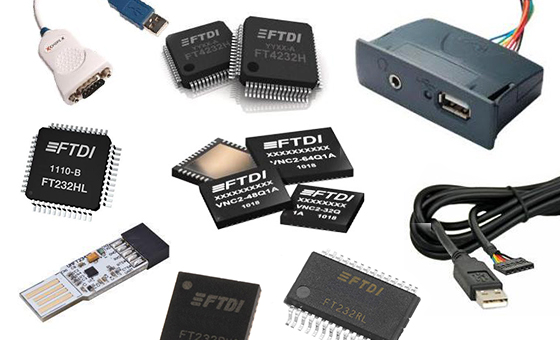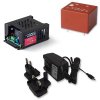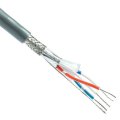The company's history began in 1990 in the Scottish city of Glasgow. The fundamental idea behind the company's operations was to create integrated circuits for connecting peripherals to computers. In its early years in the 1990s, FTDI specialized in producing serial and parallel port chips, which were used in various computer applications. The company primarily focused on the computer components market, offering its products to computer manufacturers and suppliers.
In the year 2000, FTDI introduced its first USB serial adapter, the FT232, which allowed the connection of devices such as microcontrollers and sensors with serial interfaces to computers via a USB port, eliminating the need for complex serial port configuration. This adapter became very popular in computer project communities and opened up new possibilities for using serial devices in modern computer systems, bringing the company significant popularity.
In the following years, FTDI continued to expand its product range and started offering new chips for controlling displays, audio chips, and more.
The brand's portfolio includes:
- Integrated circuits, such as USB serial adapters that enable the connection of various serial devices to computers and other devices using a USB port. A typical representative of such serial adapters is the FT232 integrated circuit.
- Graphic display drivers that allow for easy and fast connection of TFT LCD displays to microcontrollers and other devices.
- USB programmers that connect microcontrollers and other devices to computers and other devices via USB, allowing for real-time programming and debugging of devices.
- USB to GPIO adapters that enable the connection of various GPIO devices to computers and other devices via a USB port. This allows for easy connection and control of various devices, such as sensors, motors, and more.
- Modules equipped with integrated circuits, such as serial adapters, graphic drivers, USB hosts, and more, which allow for their direct integration into devices, saving production costs and facilitating the easy connection of various devices to microcontrollers or USB devices such as cameras, hard drives, printers, and more, to computers.
- Cables that include built-in USB serial adapters or USB-to-other-interface converters. They find their use in connecting development boards, microcontrollers, and other electronic devices to computers, enabling programming, debugging, and data transfer.
Why FTDI?
- integrated circuits for USB peripheral, host and open accessory mode of Android devices
- SuperSpeed USB 3.0 peripheral
- freely available drivers for Windows, MAC OS, Android, and Linux
Did you know?
FTDI provides complete solutions including integrated circuits, development tools, documentation, and software support for bridging between USB and various interfaces such as UART, FIFO, I2C, SPI, PWM or GPIO. The converters convert the signals and protocol from the given interface to USB.












